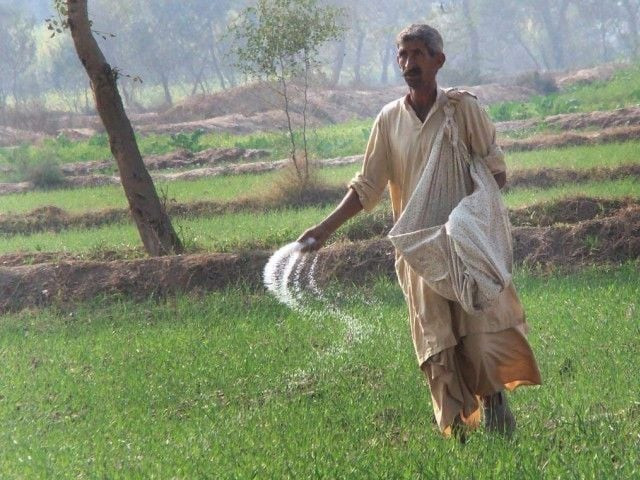Islamabad:
The Consultative Committee for the Authority of the Fluvial System of the Indus (IAC) approved on Tuesday the availability of water for the Rabi 2025-26 season, providing for a global shortage of the 8 %system, despite the strong floods that the country experienced during the current year.
This figure constitutes the lowest shortage of the last decade, according to the officials. Consequently, the provincial withdrawals planned were set at 33.814 million acres (MAF)-a substantial increase compared to the average over 10 years of 28,870 MAF and the 29.427 MAF from last year.
The IAC met here under the chairmanship of the president of the IRSA, Sahibzada Muhammad Shabir. The IRSA members, representatives of the Ministry of Water Resources, Irrigation Departments of the Water and Electricity Development Authority (WAPDA) of the PENDJAB and others.
During the session, according to a press release, the Committee examined the performance of the Kharif 2025 season, noting with “satisfaction that the actual entries of 122,364 MAF exceeded the 18%projections, the ten -year average of 19%and the entries of last year by 14%.
The provinces used 62,394 MAF of water against IAC allowances, against provincial withdrawals and IRSA rejects of 68,505 MAF, 78.427 MAF and 99,292 MAF, respectively, the press release said.
After a detailed discussion, IAC finalized and unanimously approved the influx provided in the peripheral stations of 22.016 MAF for RABI 2025-26. After assessing water availability, the committee approved a global 8 %system shortage.
The Committee, continues the press release, described the shortage of the 8 % system as the lowest recorded during the 10 years of operating the system, considerably reduced compared to the 18 % post-POSA shortage.
Anticipated provincial withdrawals were set at 33.814 MAF, a substantial increase compared to the ten -year average of 28,870 MAF and the 29,427 MAF from last year. Provincial allowances have also shown marked increases in all areas.
The Pendjab, which has historically maintained the highest use, with an average of 15,367 MAF in the last decade and 15,561 MAF last year, will now receive an allowance of 18,207 MAF, the IRSA said. The Sindh follows, with an average over 10 years of 11.935 MAF and use last year of 12.154 MAF, which should now receive 13,734 MAF.
KHYBER-PAKHTUNKHWA (KP) receives 0.701 MAF, against 0.668 MAF last year and an average over 10 years of 0.528 MAF. Balutchistan’s allowance also increased slightly, from 1.044 MAF last year to 1.171 MAF, up compared to its average over a decade of 1.040 MAF.
Collectively, total provincial use was on average at 28,870 MAF in the last decade, going to 29,427 MAF last year, and is expected to reach 33,814 MAF during RABI 2025-2026.
The Committee awarded the low use during Kharif to a very humid monsoon season, marked by generalized precipitation and floods, in particular in the east and the western river systems. This abundance of water has enabled the IRSA to fill almost all of the tanks as much as possible.
At the end of September 2025, total storage amounted to 13,214 MAF, or 99 % of the maximum system storage capacity, guaranteeing a solid starting position for the next RABI season.




